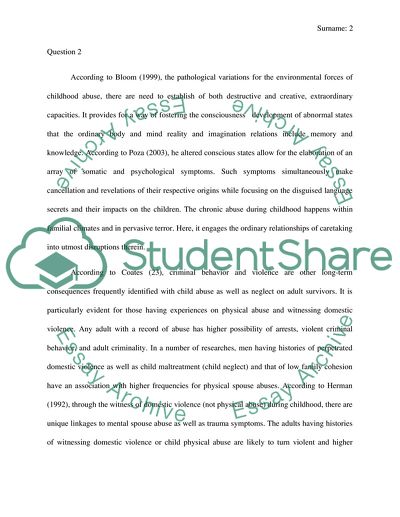Cite this document
(Levels of Mastery for School-Aged Children Assignment - 1, n.d.)
Levels of Mastery for School-Aged Children Assignment - 1. Retrieved from https://studentshare.org/education/1819456-children-studies
Levels of Mastery for School-Aged Children Assignment - 1. Retrieved from https://studentshare.org/education/1819456-children-studies
(Levels of Mastery for School-Aged Children Assignment - 1)
Levels of Mastery for School-Aged Children Assignment - 1. https://studentshare.org/education/1819456-children-studies.
Levels of Mastery for School-Aged Children Assignment - 1. https://studentshare.org/education/1819456-children-studies.
“Levels of Mastery for School-Aged Children Assignment - 1”, n.d. https://studentshare.org/education/1819456-children-studies.


